
Bruce Bower has written about the behavioral sciences since 1984. He often writes about psychology, anthropology, archaeology and mental health issues. Bruce has a master's degree in psychology from Pepperdine University and a master's degree in journalism from the University of Missouri. Following an internship at Science News in 1981, he worked as a reporter at Psychiatric News, a publication of the American Psychiatric Association, until joining Science News as a staff writer. In 1996, the American Psychological Association appointed Bruce a Science Writer Fellow, with a grant to visit psychological scientists of his own choosing. Early stints as an aide in a day school for children and teenagers with severe psychological problems and as a counselor in a drug diversion center provided Bruce with a surprisingly good background for a career in science journalism.

Trustworthy journalism comes at a price.
Scientists and journalists share a core belief in questioning, observing and verifying to reach the truth. Science News reports on crucial research and discovery across science disciplines. We need your financial support to make it happen – every contribution makes a difference.
All Stories by Bruce Bower
-
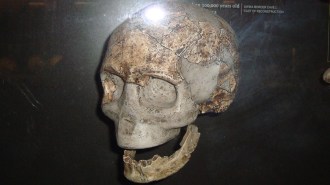 Humans
HumansAncient southern Africans took genetic evolution in a new direction
An ancient, shared set of human-specific genes underwent changes in a geographically isolated population after around 300,000 years ago, scientists say.
-
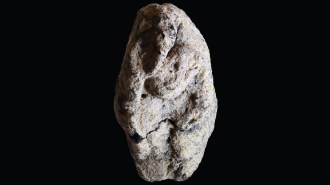 Archaeology
ArchaeologyA clay figurine unveils a storytelling shift from 12,000 years ago
A carefully crafted figure of a goose and a woman suggests that art reflecting spiritual beliefs entered a new phase among early villagers in the Middle East.
-
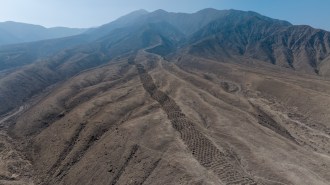 Archaeology
ArchaeologyPeru’s Serpent Mountain sheds its mysterious past
No, aliens had nothing to do with a winding 1.5-kilometer-long path of holes. First used as a market, the Inca then repurposed it for tax collection.
-
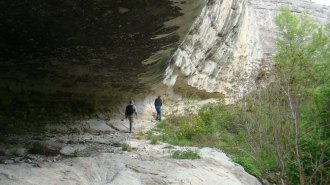 Anthropology
AnthropologyDNA reveals Neandertals traveled thousands of kilometers into Asia
DNA and stone tool comparisons suggest Eastern European Neandertals trekked 3,000 kilometers to Siberia, where they left a genetic and cultural mark.
-
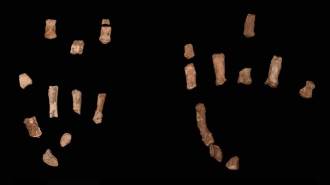 Archaeology
ArchaeologyFossil hand bones point to tool use outside the Homo lineage
The fossil wrist and thumb bones suggest Paranthropus boisei could grasp tools around 1.5 million years ago.
-
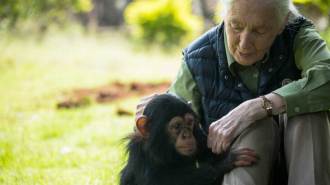 Anthropology
AnthropologyWhat Jane Goodall taught me about bones, loss and not wasting anything
A personal reflection recalls Jane Goodall’s quiet pragmatism, her deep bond with Gombe’s chimps and the scientific legacy of her skeletal collection.
-
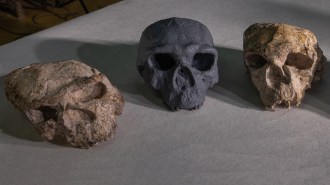 Anthropology
AnthropologyAn ancient Chinese skull might change how we see our human roots
Digital reconstruction of a partially crushed skull suggests new insight into Homo sapiens’ evolutionary relationship to Denisovans and Neandertals.
-
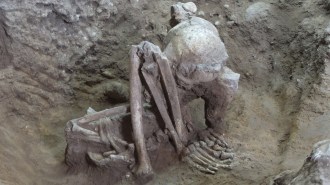 Anthropology
AnthropologyThe oldest known mummies have been found — in Southeast Asia
Southeast Asian groups mummified bodies over smoky fires before burying them as early as 12,000 years ago, long before Egyptians began making mummies.
-
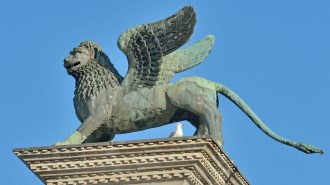 Archaeology
ArchaeologyVenice’s iconic winged lion statue originated in ancient China
European artisans turned a Tang Dynasty tomb guardian sculpture into a symbol of medieval Venetian statehood, researchers say.
-
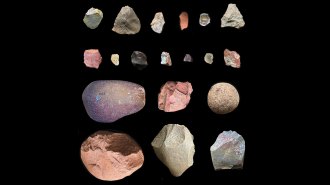 Archaeology
ArchaeologyAncient hominids made long road trips to collect stone for tools
A Kenyan site shows early hominids transported stone 13 kilometers for toolmaking as early as 2.6 million years ago.
-
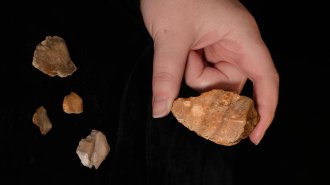 Archaeology
Archaeology7 stone tools might rewrite the timeline of hominid migration in Indonesia
Excavated implements suggest a Homo species arrived on Sulawesi over 1 million years ago, before a nearby island hosted hobbit ancestors.
-
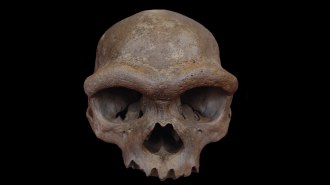 Anthropology
Anthropology‘Dragon Man’ skull may be the first from an enigmatic human cousin
Ancient proteins and DNA may peg a 146,000-year-old Chinese skull as the most complete fossil to date from Denisovans, a puzzling line of Asian hominids.